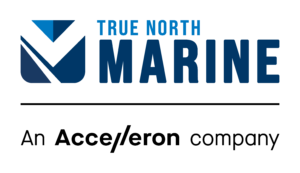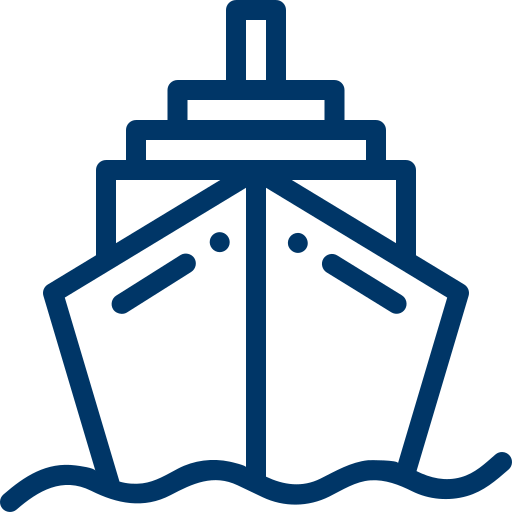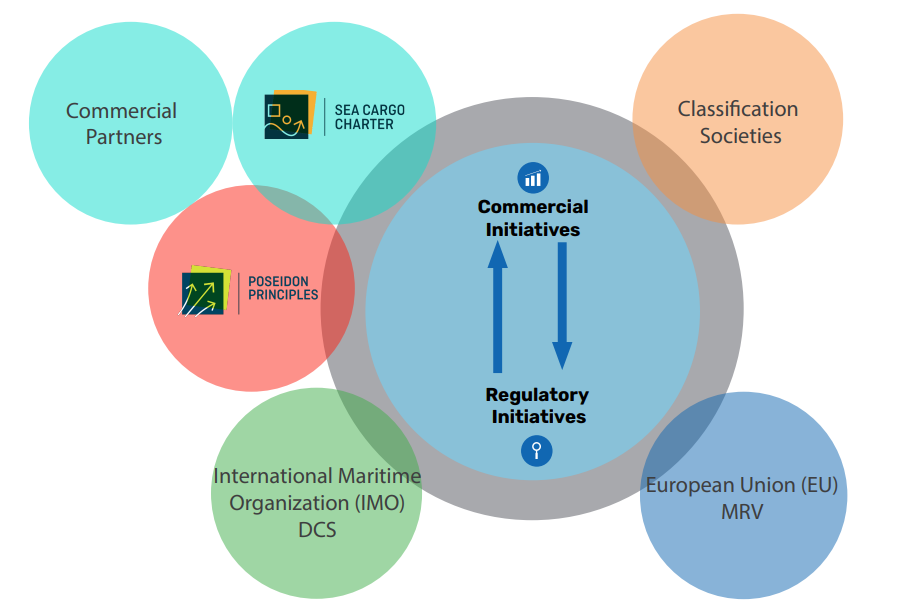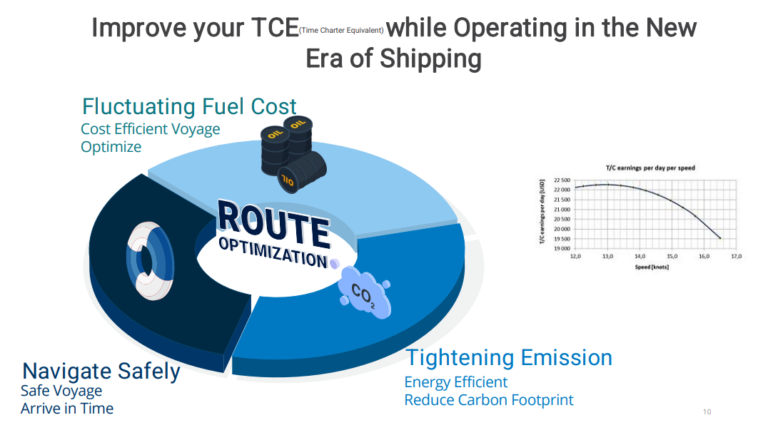Shipping Industry Emissions Regulation; Why you need to start preparing ASAP
By Gurjeet Warya and Ben Merrell
With growing urgency the shipping industry is finally taking concrete action to curb their GHG emissions and instituting shipping industry emissions regulation. Starting in November 2022, the first of the IMO’s ‘short-term measures’ aimed at reducing the shipping’s GHG emissions will come into force. With less than a year before this regulatory shift, affected shippers should begin preparations now in order to meet the looming survey and reporting requirements.
Since 2018, when the Marine Environmental Protection Committee (MEPC) first adopted their official decarbonization strategy, progress towards regulation has been incremental. Industry initiatives like the Sea Cargo Charter and Poseidon Principles have also been gathering steam with prominent dry bulk shippers and financial institutions signing on. Between commercial initiatives and regulation from the IMO and EU, monitoring and reducing your emissions can appear daunting. However, not moving fast enough to reduce your fleet’s emissions or non-compliance with regulations is risky— you could undermine your vessel’s competitiveness in the chartering market.
With this in mind, True North Marine’s Capt. Gurjeet Warya prepared a simple guide for charterers and shipowners to help clarify the distinctions between different regimes and help you take steps to prepare for the impending wave of regulation.
Shipping emissions reduction regimes and stakeholders:
True North Marine has closely followed developments in shipping industry emissions regulation and will continue to update our technical advice and services to adapt to the changing landscape. To-date we’ve developed solutions to some of the common problems charterers may encounter in relation to emissions monitoring and reduction:
1. Data collection; TNM collects data on our routed vessel’s fuel consumption, cargo transported, and distance sailed. This data is essential for signatories to the Sea Cargo Charter and can prove difficult to obtain for past voyages. Proactively collecting this information is one way to help shield your organization from risk and save time and hassle later.
2. Reporting Requirements; It can be challenging for shippers to comply with the different reporting requirements for non-governmental organizations and regulatory agencies. TNM has worked with several Sea Cargo Charter signatories to assist with their annual reporting. We are happy to consult with organizations who require expertise in this area.
3. Compliance Strategies; To ensure compliance with annual reductions in their vessel’s CII, shipowners will need to adapt their operations. TNM’s route optimization, speed optimization, and weather routing services are all effective strategies for reducing fuel consumption — and your vessel’s CII.
f you’d like to learn more about how TNM can help you achieve your emissions monitoring and reduction goals, we’d love to hear from you, or you can download our up-to-date technical guide here.
